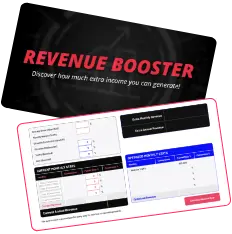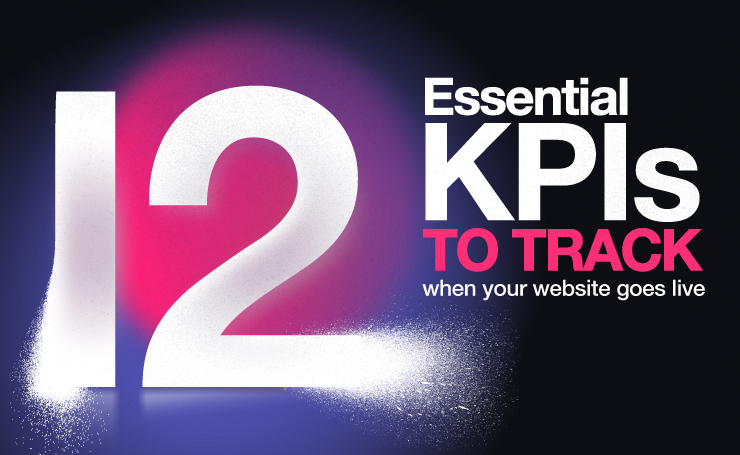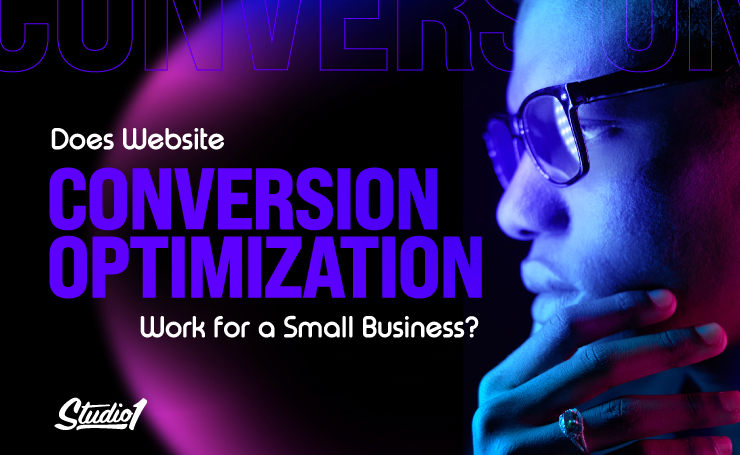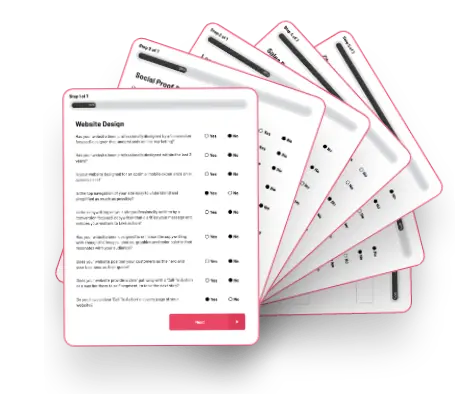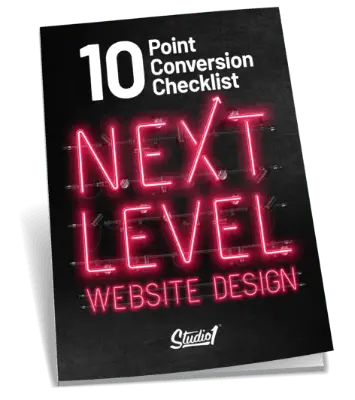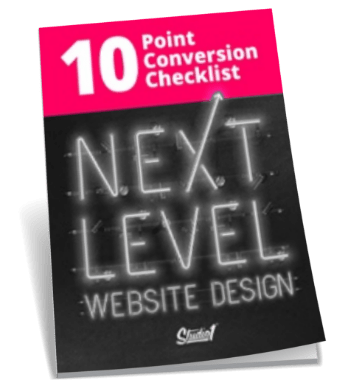A landing page is a web page that has one single purpose. That purpose is to get people to take a single action on the page. We have put together this infographic as a simple guide on how to design a high-performance landing page.

WHAT?
A landing page is any web page that a visitor can arrive at or “land” on. However, when discussing landing pages within the realm of marketing and advertising, it’s more common to refer to a landing page as being a standalone web page distinct from your main website that has been designed for a single focused objective.
This means that your landing page should have no global navigation to tie it to your primary website. The main reason for this is to limit the options available to your visitors, helping to guide them toward your intended conversion goal.
WHY?
A landing page is commonly used for and of these:
- Offer a product.
- Offer a service.
- Offer an event.
- Offer something for free. (In return for email addresses).
- Register for a webinar.
- Free trial.
- Register for an offer that’s ‘coming soon’ or is currently closed.
- Test an offer.
HOW?
Step 1. Get clear on who your target market is
Step 2. Have only one action for people to do on the page
Step 3. Add a compelling headline that evokes emotion and curiosity
Step 4. Add clearly defined benefits to the reader of your product or service
Step 5. Add an engaging video using the S.P.I.N. Selling formula.
Step 6. Add social proof that proves that you’re telling the truth, testimonials, case studies, before and afters, etc.
Step 7. Add credibility and share your expertise to back up your claim
Step 8. Share a relevant back-story to support why you created this solution.
Step 9. Explain the features
Step 10. Explain ‘How it Works
Step 11. Explain who it’s for and who it’s not for!
Step 12. Explain the value in the pricing section
Step 13. Display the price. (Works best if you add some scarcity and urgency.)
Step 14. Have a guarantee
Step 15. Have Frequently Asked Questions
Step 16. Have a link to your Terms and Privacy Policy and contact details
Step 17. Have the landing page designed professionally by a designer that understands visual hierarchy to influence your visitors to take action.
Step 18. Make sure the landing page is mobile responsive to suit all screen sizes.
Step 19. Make sure it’s on fast hosting.
Step 20. Use a secure payment gateway.
Step 21. Drive traffic to the landing page and split test everything using conversion-boosting tools to keep improving the performance of the page over time.
COMMON DESIGN MISTAKES
- Not congruent across all of their touchpoints from ads to landers.
- Not designed to attract the right audience by using the wrong color palette to using the wrong images and graphic style.
- Designed with cheesy stock images!!
KILLER TIP:
Test It!!!!!!
- Be prepared to tweak the design because every audience responds differently.
- Use quantitive data and qualitative data to figure out a hypothesis of what’s working on your website.
- Quantitive data is checking your Google analytics and any type of analytics that show the measurable figures in your business.
- Qualitative data is studying user behavior on your website.
- We use an amazing tool called HOTJAR. Heat maps, user polls, video recordings of your website users.

